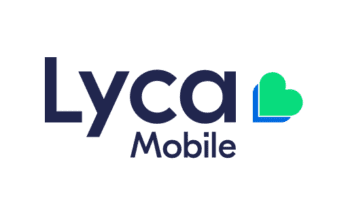
There are several ways to free up space on your iPhone or iPad. To free up space doesn’t necessarily mean that you should delete some apps or files. To have enough free space to update your device, take new photos and install new apps without worrying about hitting an obstacle, give yourself at least 8GB of free space.
Before you consider getting rid of things on your phone, first, you need to assess how much space you have. To find out how much space you have, Go to Settings, select “General” and from General, select “Device Storage”. At the top, you’ll see a color-coded bar chart that outlines how much space certain categories of apps are taking up on your device.
From the color-coded bar chart displayed, you will discover apps taking up the most space. Select any app, and a new page shows the usage in two parts: the amount of space the app itself uses (in light gray at the top) and the space used by the app’s data and documents. Sometimes, this information helps you see that it’s not the app that takes up space, but rather what you store in it. After you have checked this, you can now take the steps below to free up the space you need.
-
How to free up space on your iPhone or iPad
Target Apps You Don’t Use and Delete Them
On that device storage page, look for apps you don’t use. Tap them and select Delete App. Any purchased app is always available to re-download again at no extra charge from the App Store. Or you can delete the app from the home screen. Check: How to delete apps from an iPhone. -
Offload Apps
If you want to temporarily disable an app without deleting its settings, like when you have to free up space to install an iOS update, Apple lets you offload them. They’ll remain on your home screen, but you’ll need to tap to re-download to get back in. Find the app on the storage list, tap it, and select Offload App. You can also set up the automatic removal of apps you don’t use often. Go to Settings > App Store > Offload Unused Apps and toggle it on.
-
Remove Unwanted Multimedia
Multimedia, such as audio tracks and videos, takes up a lot of space. There are two ways to delete audio files and videos in Apple’s own Music app/service.
From Settings select “General”, “device Storage” and “Music”. At the bottom will be a summary of all the music stored on your phone. Delete albums or tracks you don’t listen to by swiping left. You can also use the Edit button to delete multiple tracks and albums in one shot. Or you can open the Music app. Go to Library > Downloaded, where you’ll see music that’s stored locally and taking up space. To delete an entire album, long-press on it and a pop-up menu will include a Delete from Library option. You can do the same for specific songs within an album; tap the three-dot menu and select Remove.
If you want to put the music back on your device, open the Music app and tap Library. Find the song or album you want and re-download it by tapping the cloud-arrow icon on the right. -
Empty Your Browser’s Cache
You need to empty the junk on your iPhone or iPad which is the cache for the Safari web browser or other mobile web browsers you use. For Safari, go to Settings > Safari. Tap Clear History and Website Data. For Chrome on iOS, open the app, tap the three dots on the bottom-right corner and select History. Then tap Clear Browsing Data to wipe everything out or Edit to erase specific sites. You can also navigate to Settings > Privacy > Clear Browsing Data, which will let you delete browsing history, cookies, and site data, cached images, saved passwords, and autofill data.
-
Check Your Photo and Video Use
The Photos app often takes up a lot more space than you know, so let’s deal with that app directly. Under Settings > General > device Storage, find Photos to see how much storage it’s using. If you have more than 1GB there, you should consider copying photos and videos to a cloud storage service so you can delete them from your device.
If you have a Google account, download the app, sign in, and tap your account icon on the top right. Select Google Photos Settings > Back up & sync and toggle Back Up & Sync to on. Make sure Google Photos has access to Photos (Settings > Google Photos > Photos > All Photos) and then, every photo you take with your device will be automatically backed up to Google Photos when you’re online and accessible across your devices and on the web.
Once iPhone photos have been uploaded to your cloud service of choice, double- and triple-check that they’re there and then delete them from the Photos app. Then navigate to Albums > Recently Deleted. Tap Select, and then at the bottom tap Delete All.


